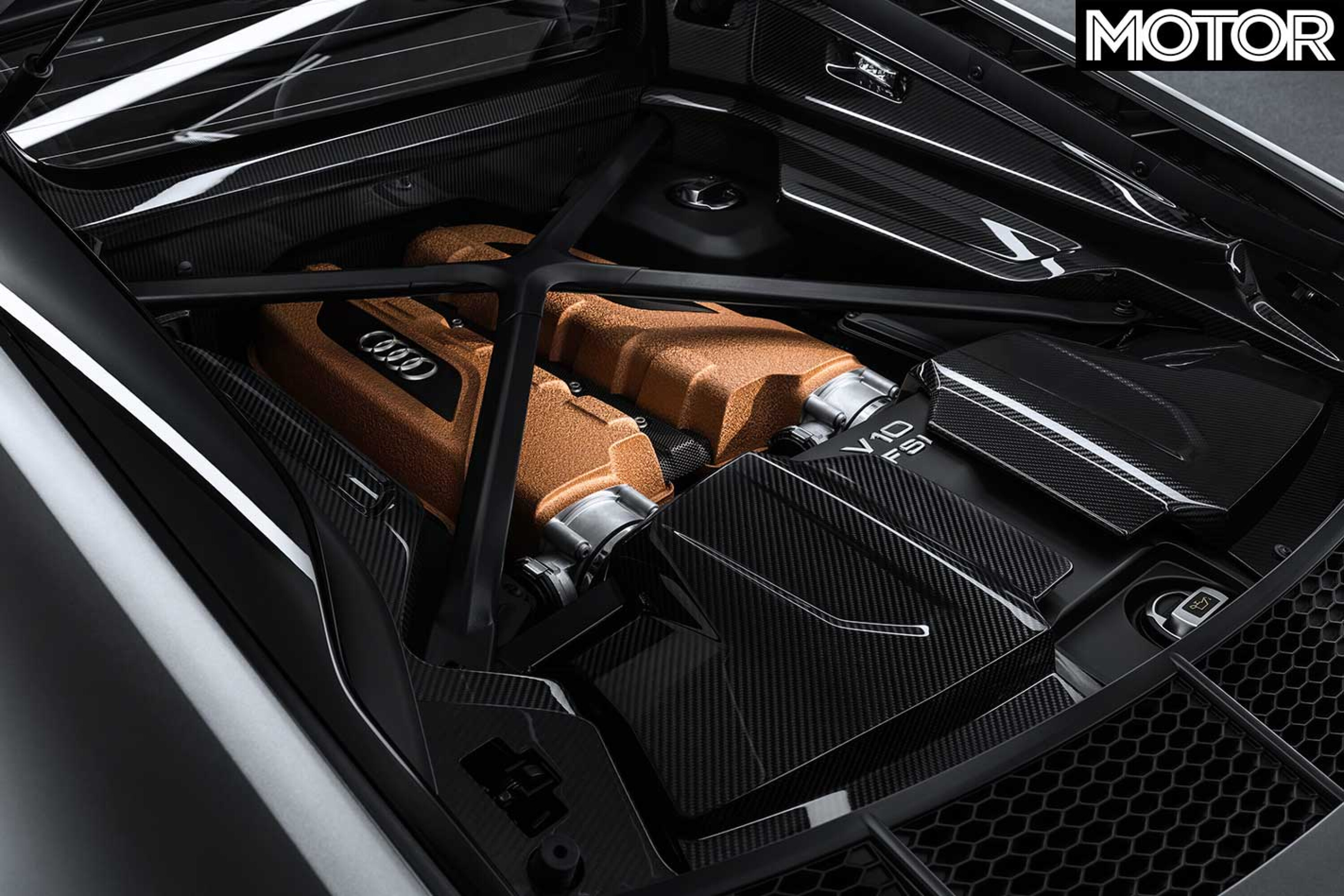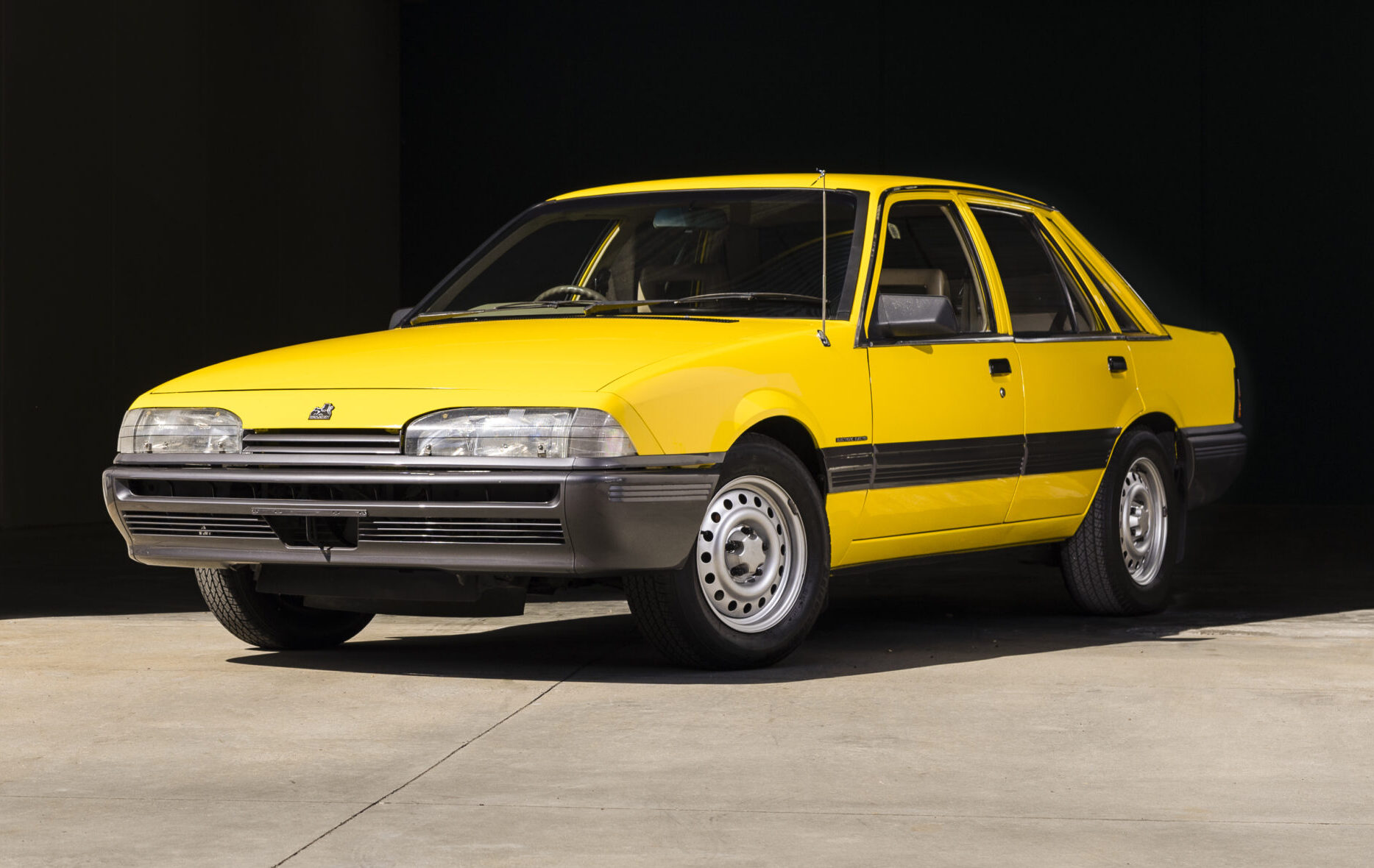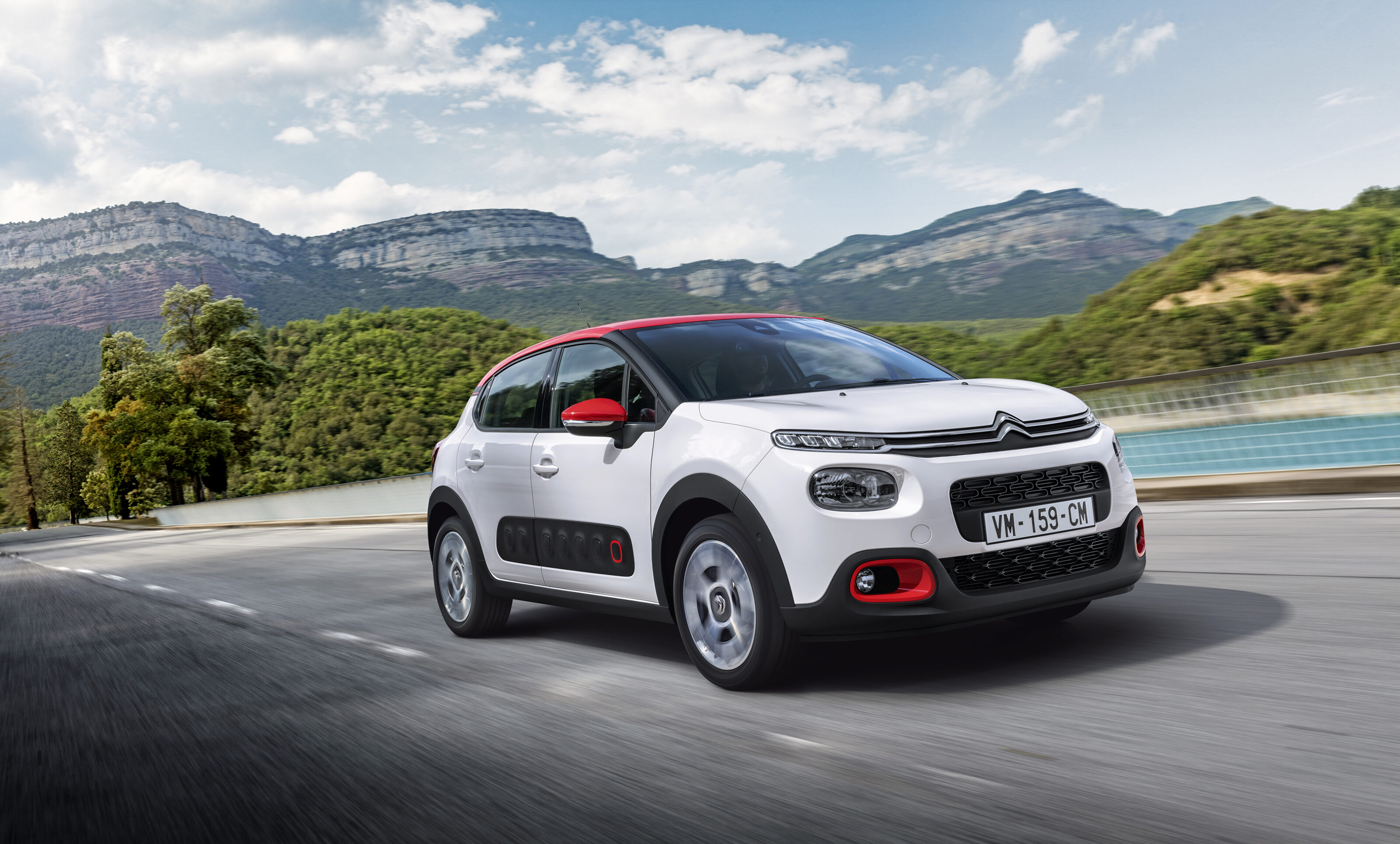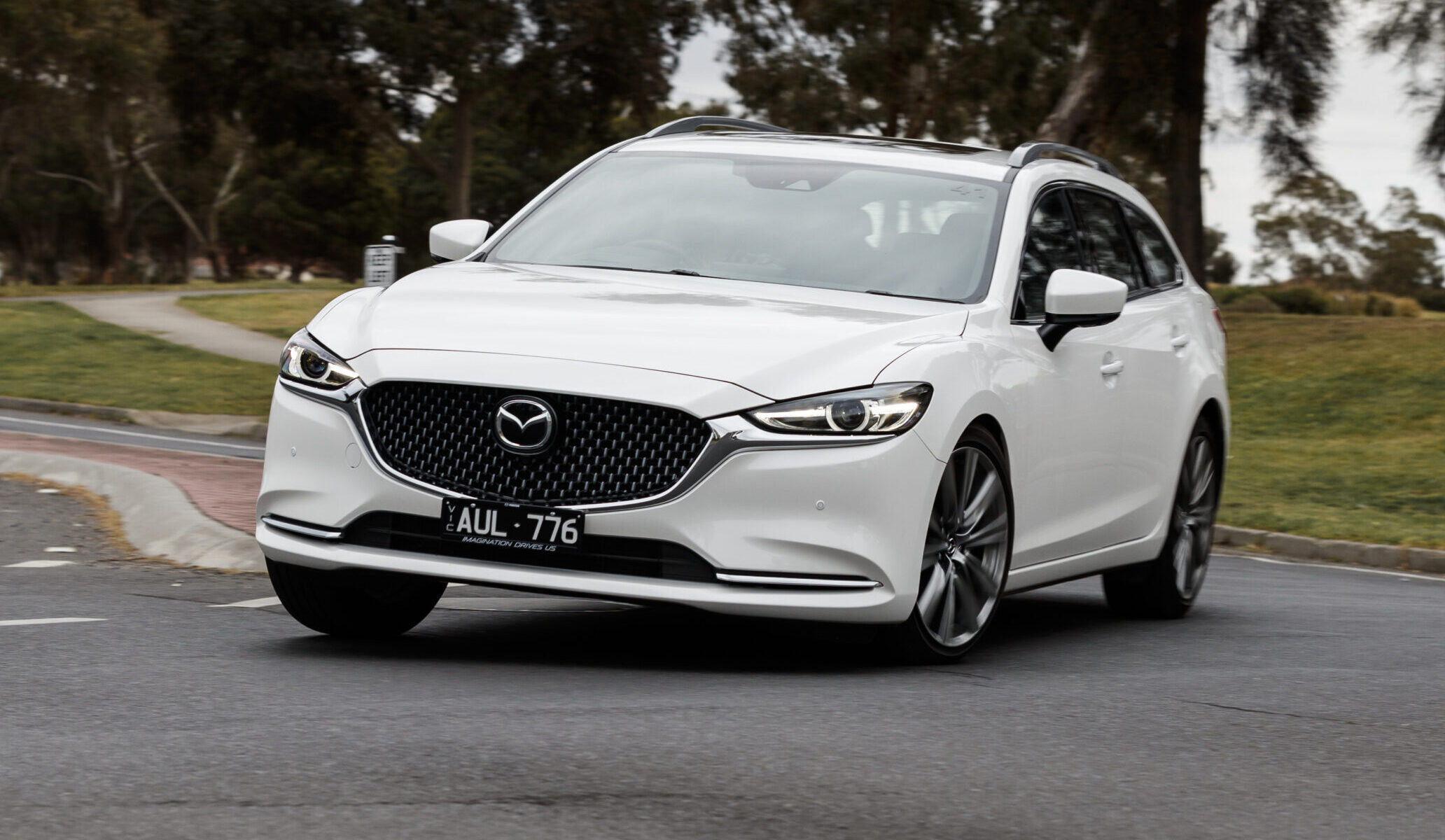With the news that the Lamborghini Huracán’s successor is set to slot a turbocharged V8 behind its driver’s shoulder, the final curtain has been drawn on the V10 engine.
Received wisdom has it that the production car V10 was inspired by the 1988 turbo ban in Formula 1, with manufacturers keen to latch onto the reflected glory of the astonishing-sounding motorsport engines. The truth, as ever, is a little more complicated.
While diesel V10 engines have been used in tanks, trucks and buses for many years, the first petrol V10 was the 272kW 4.0-litre unit in the back of the stillborn Lamborghini P140, which dates to 1987.
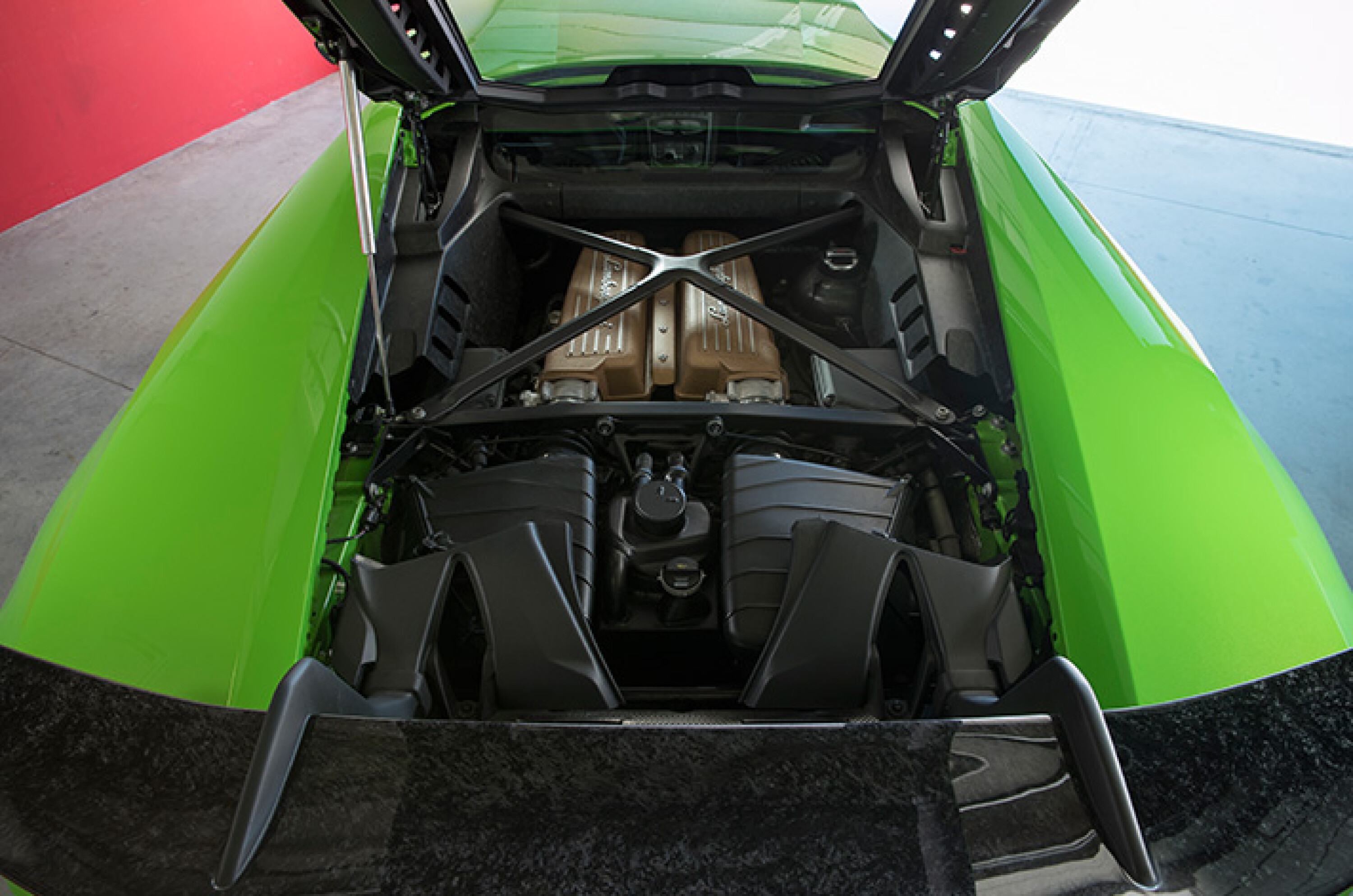
It was carried over to the 1995 Cala concept which also failed to launch.
It wasn’t the European bluebloods that got first dibs on V10 petrol engines though. Dodge launched the Viper with an 8.0-litre V10 in 1991, albeit with Lamborghini’s help with the aluminium block casting.
That engine was, effectively, a Magnum 5.9 with a couple of extra cylinders and a bit of creative stroking – a version going into the ’94 Dodge Ram. Ford’s Triton truck engine followed in ’97 and VW developed a 5.0-litre V10 diesel that was used from 2002 to 2010 in the Touareg SUV and the Phaeton limousine.
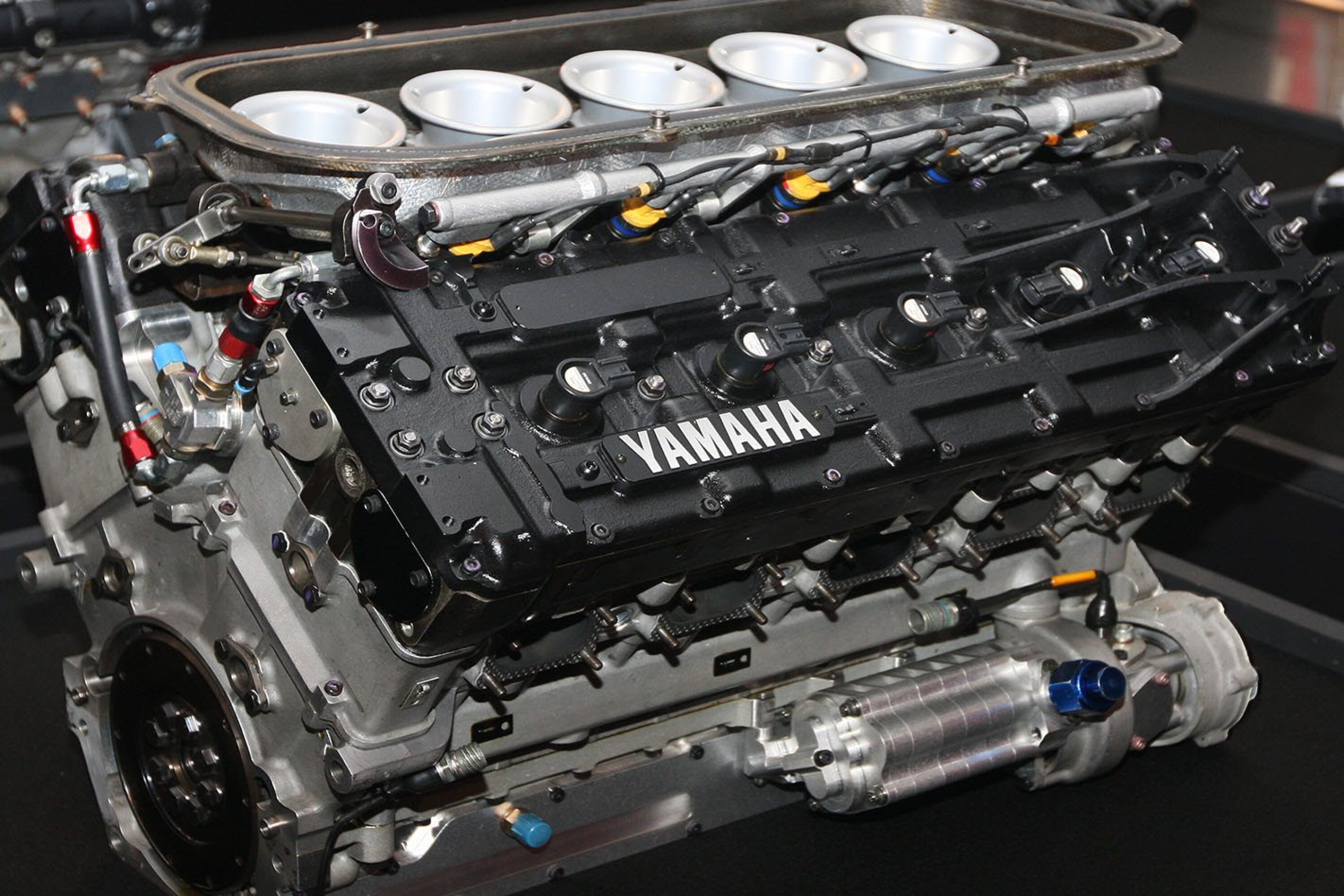
The F1 era of V10s lasted from 1989, when the McLaren MP4/5 and Williams FW12 debuted, through to 2005, after which they were banned in favour of tamer 2.4-litre V8s.
The Lamborghini V10 arrived with the Gallardo in 2003, the same year that Porsche plumbed the 980/01 5.7-litre V10 into its Carrera GT hypercar.
By 2005, the V10 was adopted by BMW, the troubled S85 unit being fitted to M5 and M6 models. The following year saw the Audi S6 and the S8 both get a 5.2-litre V10. Rather than being a development of the Lamborghini 5.0-litre V10, this was an extension of the 4.2-litre V8 FSI, sharing its 90mm cylinder bore spacing rather than the Lamborghini’s 88mm.
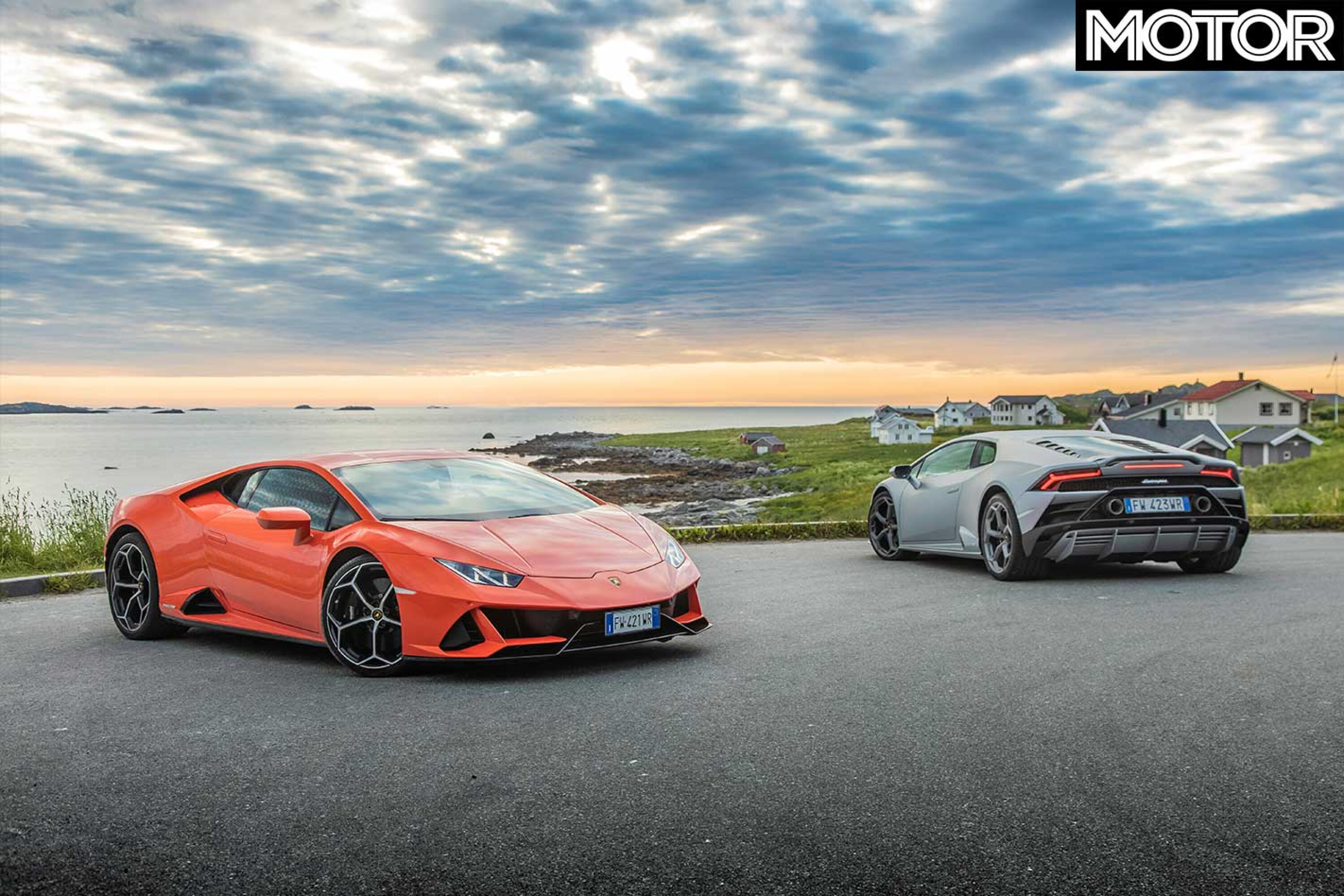
The Italians subsequently adopted the Audi architecture for the facelift Gallardo and its successor, the Huracán, by which point that engine was also used in the Audi R8.
The mania for V10 engines had long come and gone by the time that Toyota developed the best example of the ilk with its 1LR-GUE powerplant. This only ever had one application – beneath the bonnet of the Lexus LFA.
Co-developed with Yamaha, this 4.8-litre 412kW masterpiece was conceived not because of any F1 associations, but purely because it was realised that the V10 was the only engine that had the requisite engine response and rev ceiling.
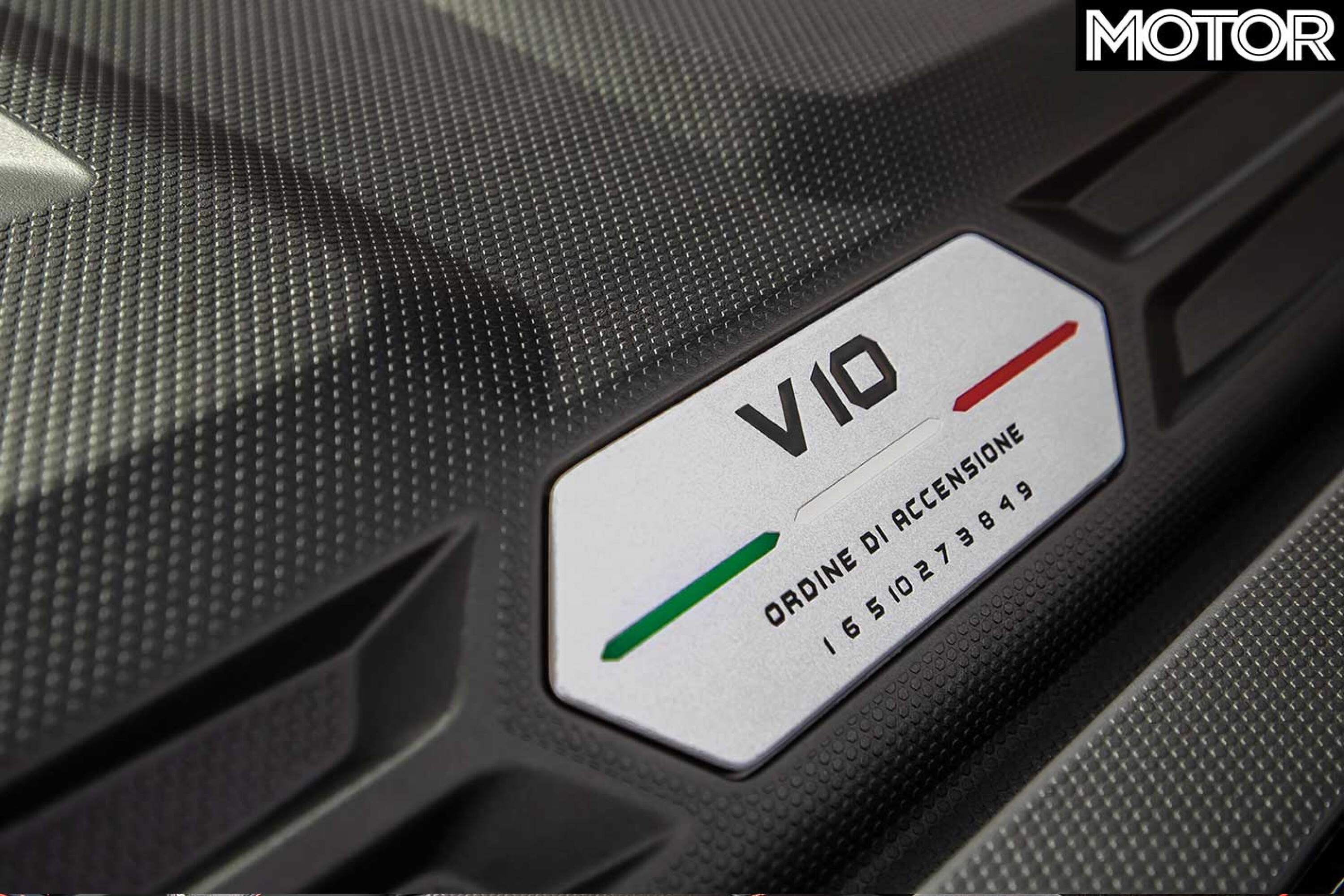
With the withdrawal of the Huracán, the production V10 era has come to an end. It was hugely exciting, the engines sounded savage and the cars that sported V10s have retained a certain cachet.
You’d need to be dead inside not to be thrilled at the sound of a howling V10. Thirty grand will buy you a tidy V10-powered Audi S6 or S8. Fit the right exhaust and you’ll sound like Mika Hakkinen on a quali lap. What’s stopping you?
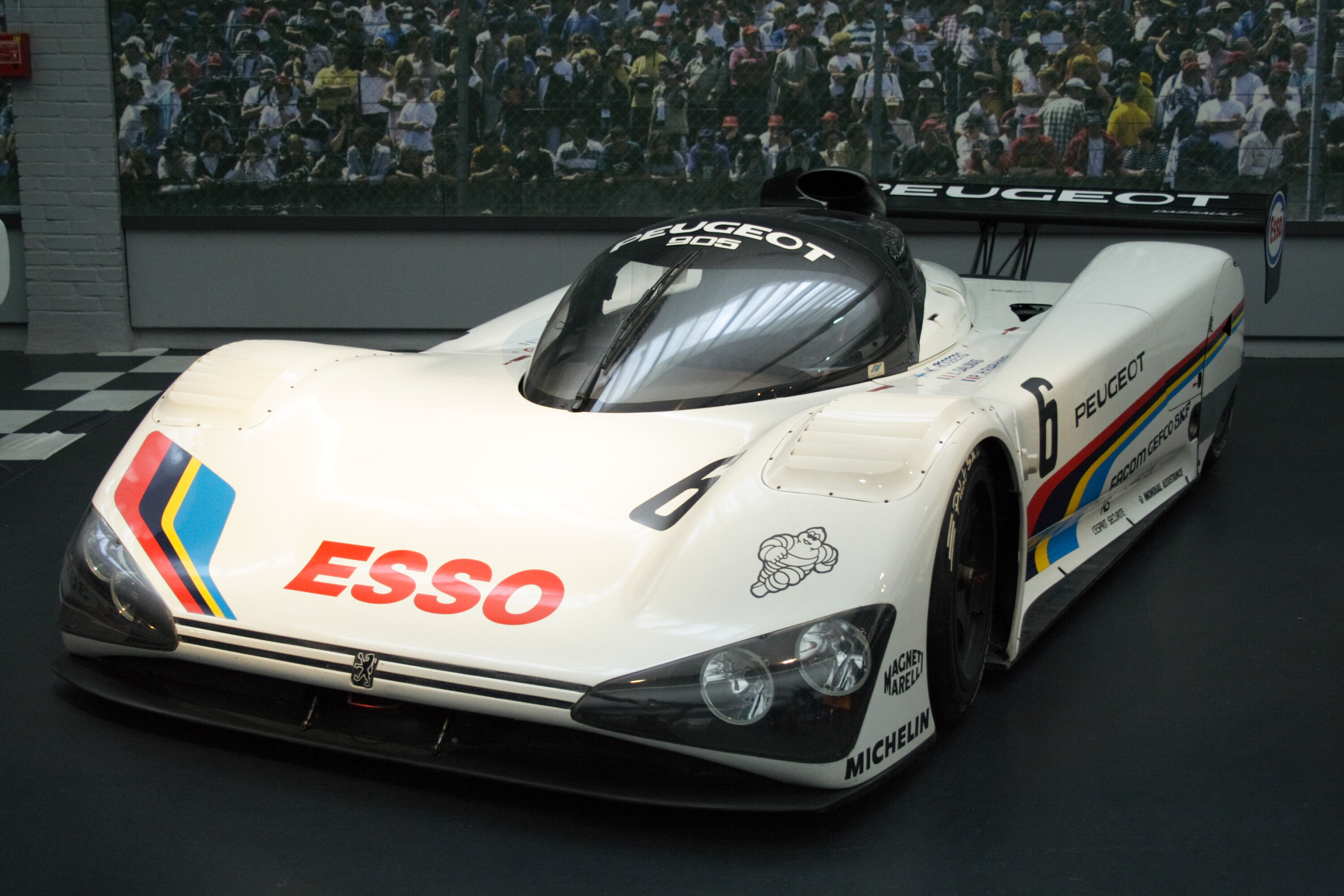
The first competition V10
Although Alfa Romeo did design a 3.5-litre V10 for Ligier F1 back in 1986, it never saw competition use.
The first V10 used on track was found in the 1990 Peugeot 905, which campaigned in the last two races of the 1990 World Sportscar Championship.
A DNF in Montreal and a 13th place in the final round in Mexico weren’t auspicious results, but the following year, Peugeot was joined by V10s from Judd and Toyota on the sportscar grids. The 905 came good, winning Le Mans in 1992 and 1993. The final hurrah for V10s in LMP1 racing came with the Audi R15 diesels that scored a 1-2-3 at Le Mans in 2010.


